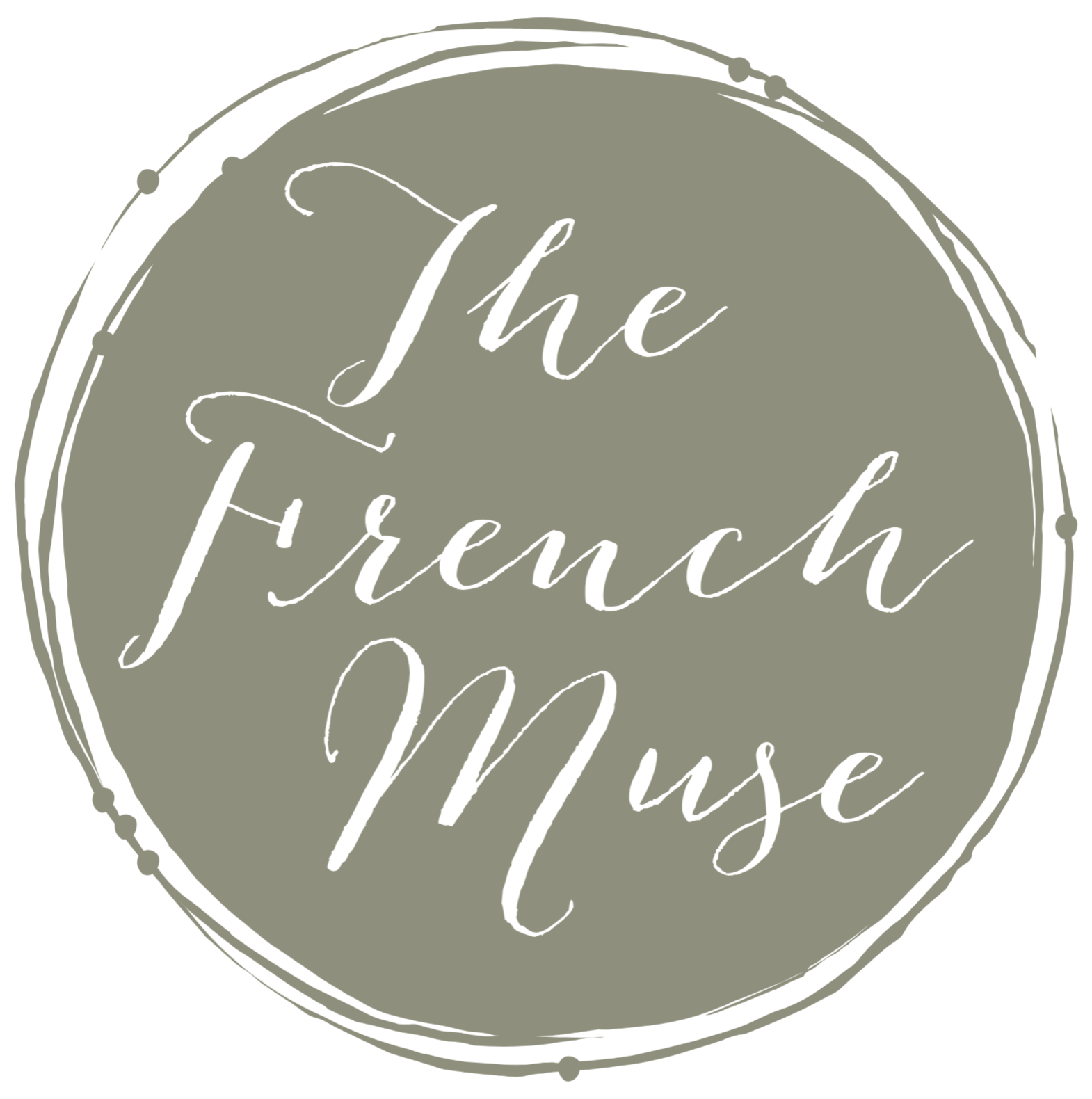Chateau de Sade
The fractured castle walls rise up above the village of Lacoste, not entirely welcoming, reminding us all of its infamous owners, past and present. Normally the castle is very much closed up but as luck would have it, Monsieur Cardin has opened the grounds of the castle to host a sculpture exhibition (including the work of Venezuelan artist Jesus Raphael Soto) and we snook in to take some photos.....incredible views!!

As legend would have it, the castle was acquired by the grandfather of the infamous Marquis de Sade (Donatien Alphonse François) in 1716 and given to the Marquis de Sade as a wedding present in 1763. He apparently lived here for long stretches of his 20s and 30s, and importantly in 1771, the Marquis de Sade fled Paris and scandal to the castle in Lacoste....you can read more about his scandalous escapades in this castle here but essentially the Marquis de Sade was a very naughty aristocrat and libertine who got up to all sorts of weird sexual hijinks.... he was an "extreme free spirit, who saw the pursuit of pleasure as the highest calling, regardless of morality or laws." and apparently when he wasn't locked up (for his scandalous lifestyle), he was here in Lacoste....
The castle once had 42 rooms, an auditorium and a chapel however in 1816 it was looted and practically demolished, sold stone by stone, and many elements of the castle have been reused in Lacoste village houses, a door here, a window there.... In 1952, the castle was bought by a college professor, Andrew Bouer, and he devoted his life to its restoration until it was bought by the designer, Pierre Cardin, in 2001. Cardin himself once resided here but has since moved out to larger Mas in the surrounds of Lacoste.
But above all other material things, above all his many whimsies and caprices, the Marquis de Sade cherished a certain place in his native Provence, a little château in a small village called La Coste, which he had inherited from his father's family and on which he looked as his only home. La Coste was to Sade what Walden was to Henry David Thoreau, what Combray was to Marcel Proust, what Amherst was to Emily Dickinson -- the matrix of all inspiration and perhaps also of all delusions, the quintessential Site-as-Muse. Salon




